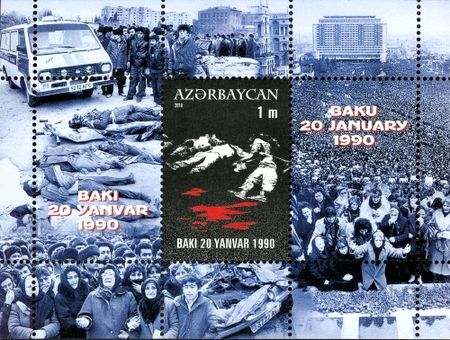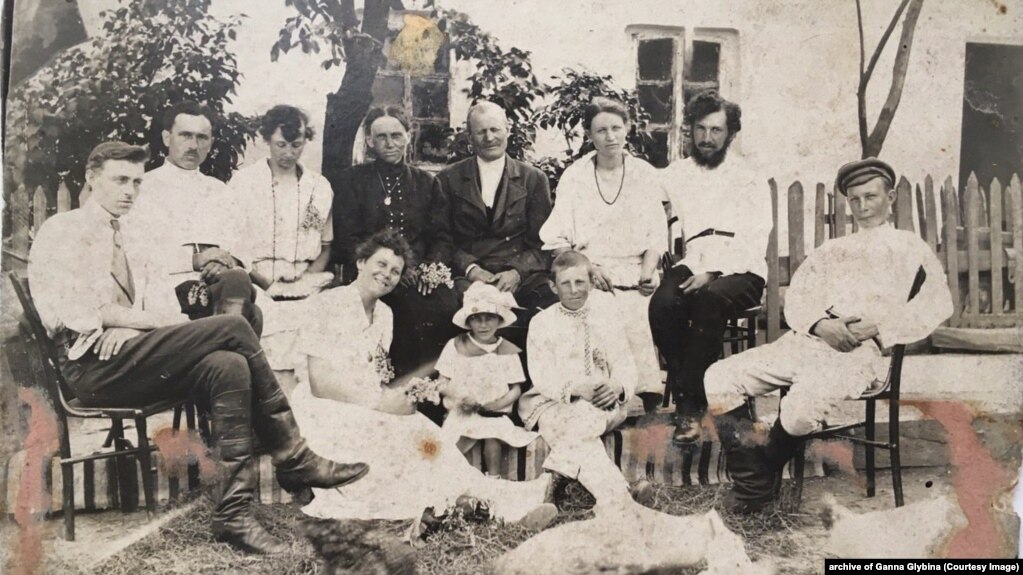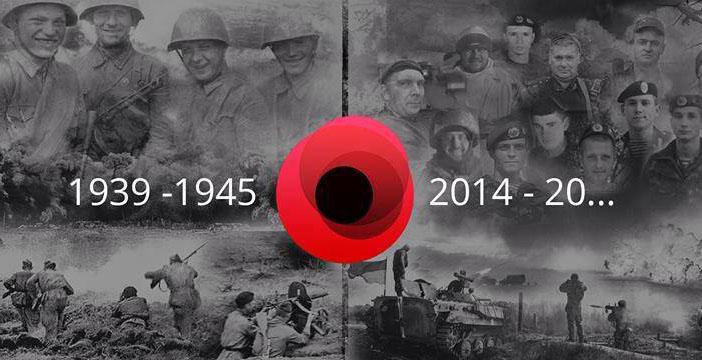Centuries later, the famous Ukrainian Hetman - Ivan Mazepa is returning to Kyiv. A museum in memory of the great Ukrainian leader is to open in the Mazepa Tower, located at Kyiv-Pechersk Lavra. The memorial center will have original archival documents, symbols of power, personal mementos and other items that belonged to the Great Ivan Mazepa.
This tower breathes history. During the late 17th/early 18th century, Ivan Mazepa, the Hetman of Zaporizhzhian Host or army, stayed here. Originally, the tower was meant to be a small, sort of cross-shaped church - with one dome. It was built with money donated by Mazepa.
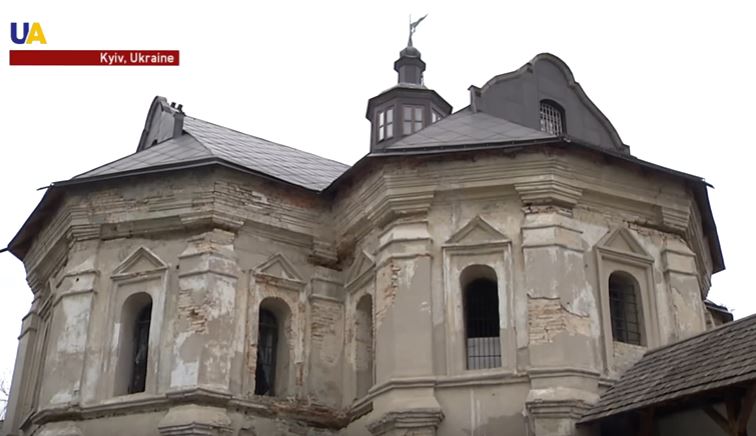
Lubomyr Mykhailyna, director general at the National Kyiv-Pechersk historical and cultural preserve:
"It is still called the Chamber Tower, that is, the place where the chambers were. It is said that Ivan Mazepa spent the night there when he came to the Lavra as a holy place. It was Ivan Mazepa, who ordered the construction of the walls and the Church of All Saints on the territory of the Lavra."
Now, the tower is being restored. A modern museum dedicated to Ivan Mazepa is about to rise - on the spot of stone ruins. The museum will allow visitors to learn more about the hetman's personal life - and his political activity. Exhibits from across the world will be showcased here. Mykola Tomenko, member of Ukrainian Parliament, told about the fund necessary for the feat.
"The tower is a massive object to restore - it requires the use of state funds. However, patrons of arts, businessmen, and public figures are ready to finance it. Ivan Mazepa himself was a philanthropist. He lived in a stone house - but he built Ukrainian culture and history, through fortresses and churches."
The Church of All Saints was built with the funds of Ivan Mazepa - as is evidenced by the coat of arms of the Ukrainian hetman on the façade. The church is the most important building within the defense complex of the Kyiv-Pechersk Lavra. Architects call this building, a masterpiece of the Ukrainian baroque.
It is part of the defensive walls with a length between one and two kilometers. Originally, there were 7 towers, but only 4 remain now. The thickness of the walls is almost a meter and a half.
Ivan Stepanovich Mazepa was born on March 20 in 1639. He was an influential man and a leader the Zaporizhzhia army Mazepa lived for 70 years, more than 20 of which he spent being the hetman of Ukraine.
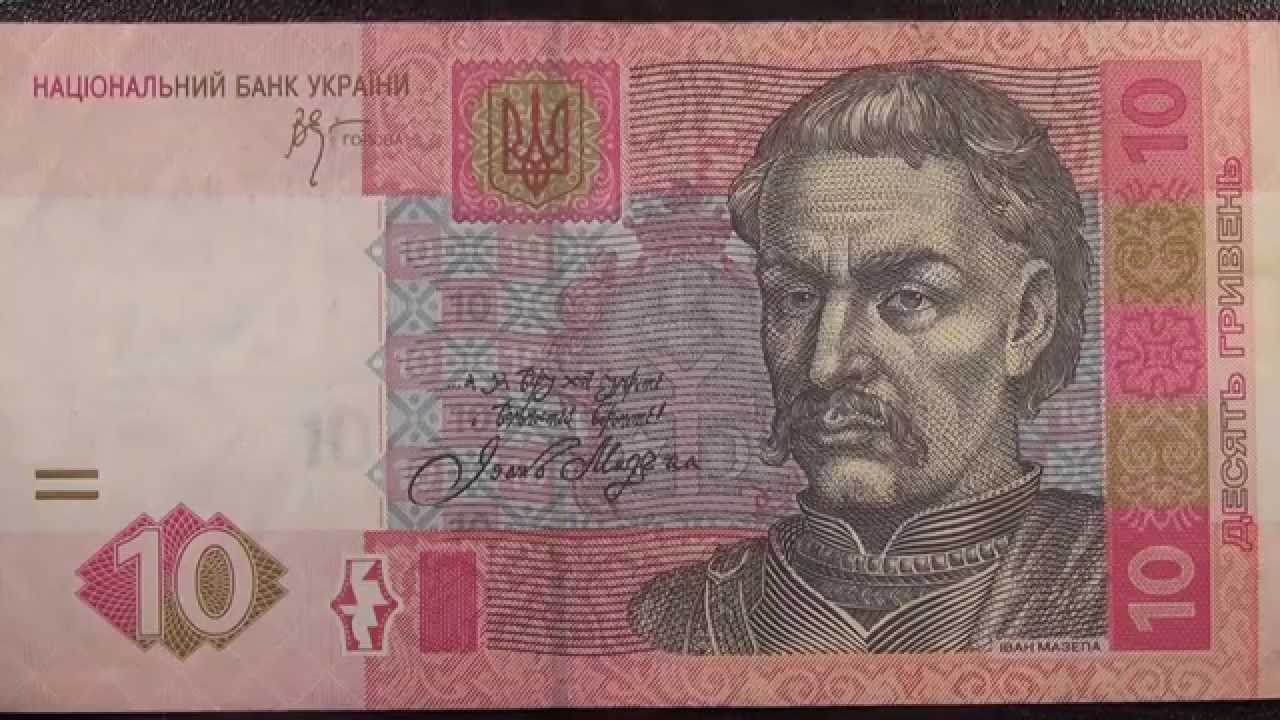
As told by historian Yaroslav Zatyluk:
"The name of Ivan Mazepa is associated with the final formation of all political institutions of the Kozak state. It follows a tradition of philanthropy and charity. Mazepa fought to gain political freedom for the Kozak state."
Ivan Mazepa made a great contribution to the economic and cultural development of the Hetmanate. Under the patronage of the Moscow Tsar Peter the Great, he pursued a policy of restoring the Kozak state of the Zaporizhzhia Army within the borders of the state of Bohdan Khmelnitsky, the leader of the Zaporizhzhian Kozaks who led a series of wars against Poland and signed a treaty with Moscow in 1654, which marked the start of the centuries-long subjugation of Ukraine to the Russian empire-to-be.
Please fill out this short form so we can bring you the stories YOU want to read. Thank you!


